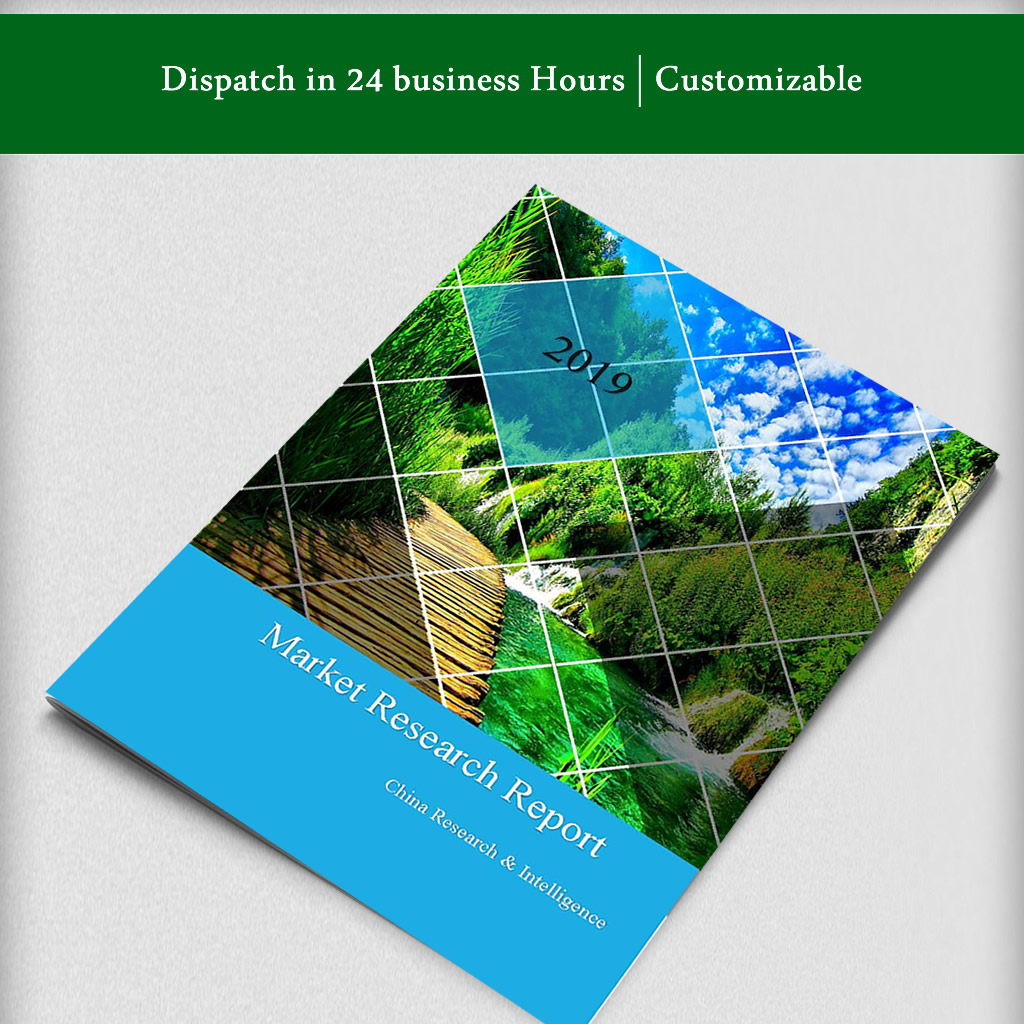Description
Blockchain Overview
After proving its mettle in the cryptocurrency world, Blockchain (BC), a distributed open ledger technology, has started disrupting other industries such as healthcare, automotive, BFSI, transportation, etc. In the agri-food industry, where the supply chain is a vital part of the industry, BC-based solutions facilitate trust and acceptability.
The outbreak of food-borne illnesses, food frauds and mishandling of produce, has only added to the need for developing track and trace solutions, available with a BC-enabled solution.
Over the years, BC technology has grown and has had a positive influence on the agri-food industry. This trend can only be expected to strengthen over time.
Blockchain solutions for the agri-food industry range from managing food wastes to cost reduction. It has also addressed solutions for crop insurance, fair-trade practices, and established a direct contact between consumers and producers.
This report includes a comprehensive analysis of the adoption of BC technology in the agri-food industry, and highlights the major trends and opportunities across the ecosystem.
Blockchain Impact and Adoption Trend Analysis
This section of the report identifies the segments of the agri-food industry from the perspective of BC technology. This includes a summary of the structure and ecosystem, foundational elements, types of BC and their uses, and a detailed analysis of the impact of this technology on the agri-food industry as a whole.
The section also provides a detailed analysis of the various use cases and applications of BC in agri-food, its benefits, implementation challenges, and the expected timeline for its adoption in agri-food. Moreover, it highlights the future business models and opportunities that are anticipated to arise from the adoption of BC.
Competitive Analysis
This section lists the top startups and technology companies that are making their mark in the industry. Some of the top companies that are focused on agri-food services through BC-enabled agri-food solutions – track and trace, commodity trading and marketplace, asset management, insurance management, etc. – have been profiled in detail.
The section also addresses and provides answers to questions pertaining to product offerings and technologies, key developments, funding activities, and an outlook that will define the future of BC in the agri-food industry.
Some of the top technology companies included and profiled in the report are IBM, SAP, Microsoft, Accenture, and AWS. Some of the startups profiled include AgriDigital, WorldCover, Foodlogiq, Indigo Agriculture, and Provenance.
Blockchain Market Size & Share to Rise at Significant CAGR for Forecast Year 2020-2030


